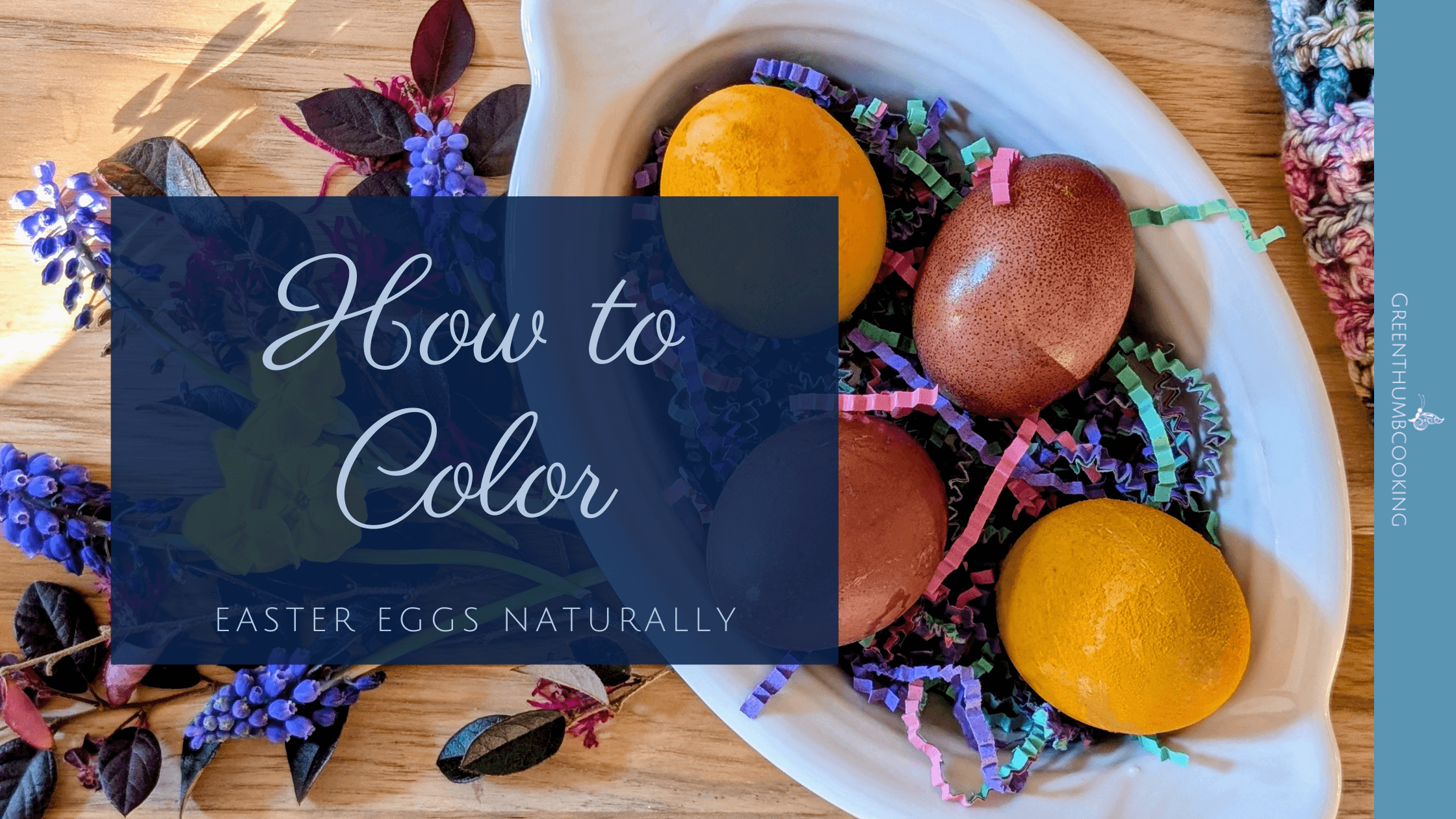
Easter is just around the corner, and with it comes one of my favorite traditions—coloring eggs! But if you’re anything like me, you’re always looking for ways to make traditions a little healthier and more natural. This year, why not skip the artificial dyes and go for a natural alternative that’s not only safer for you and your family but also better for the planet?
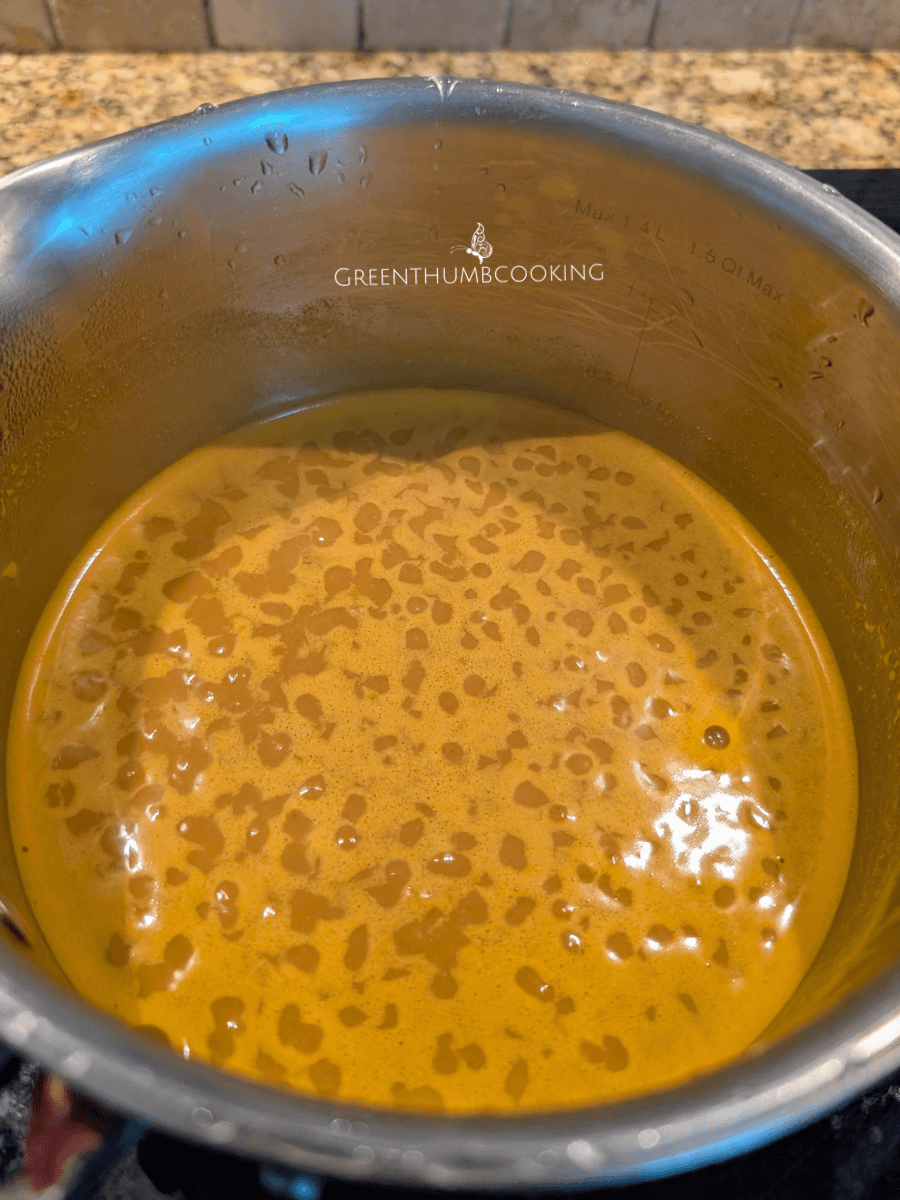
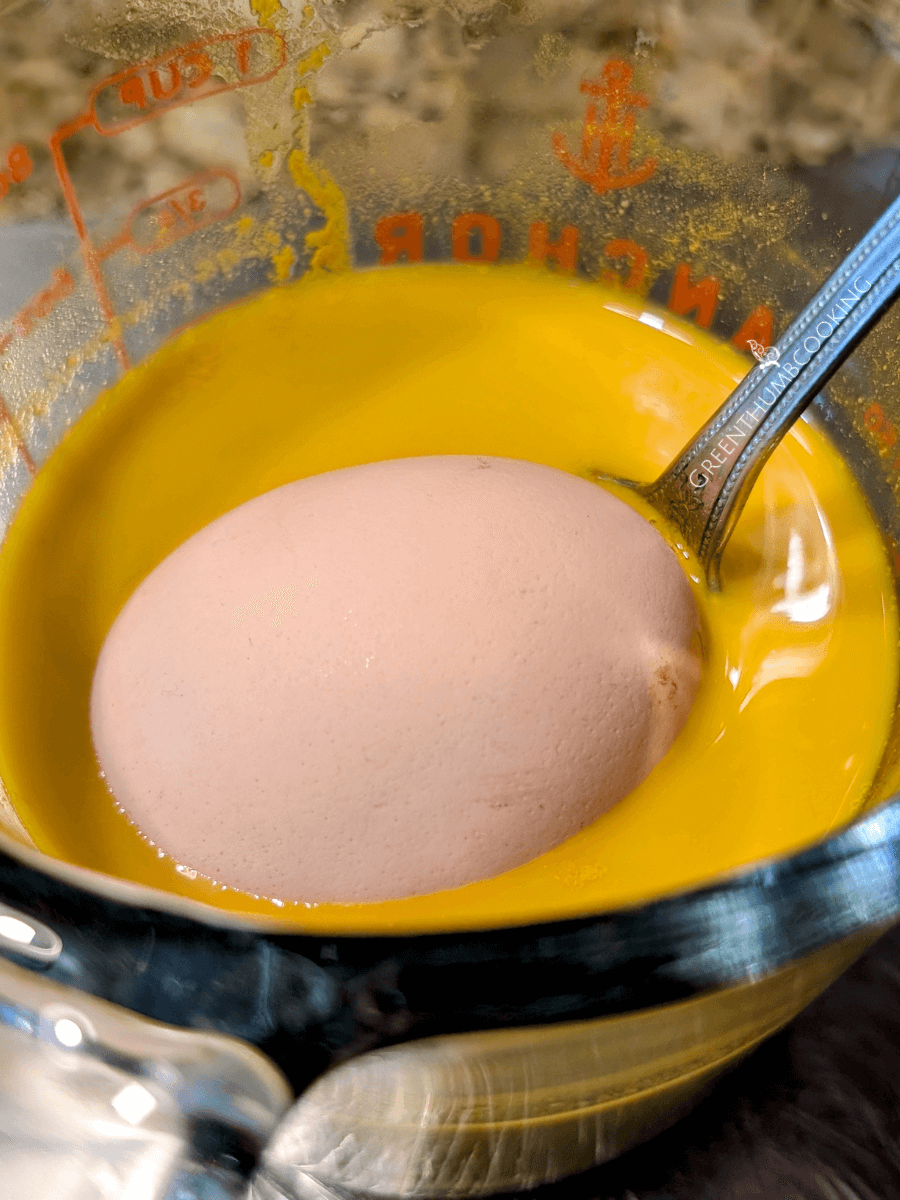
If you haven’t tried using turmeric to color eggs naturally, it’s time to give it a go! Turmeric, known for its rich golden hue, makes the perfect natural dye for Easter eggs. Plus, it’s super simple and fun. Here’s how you can do it with just a few easy-to-find ingredients: turmeric, water, and vinegar!
What You’ll Need:
- Hard-boiled eggs (I recommend using local farm fresh eggs whenever possible)
- 1 tablespoon of turmeric (or substitute 1/2 cup of red onion skins)
- 1/2 cup of water
- 1/2 tablespoon of white vinegar
- Bowls or jars for dyeing
- Spoons or tongs to handle the eggs
- Empty egg carton to dry the eggs
- Paper towels or a cloth to dry the eggs if you don't use the egg carton
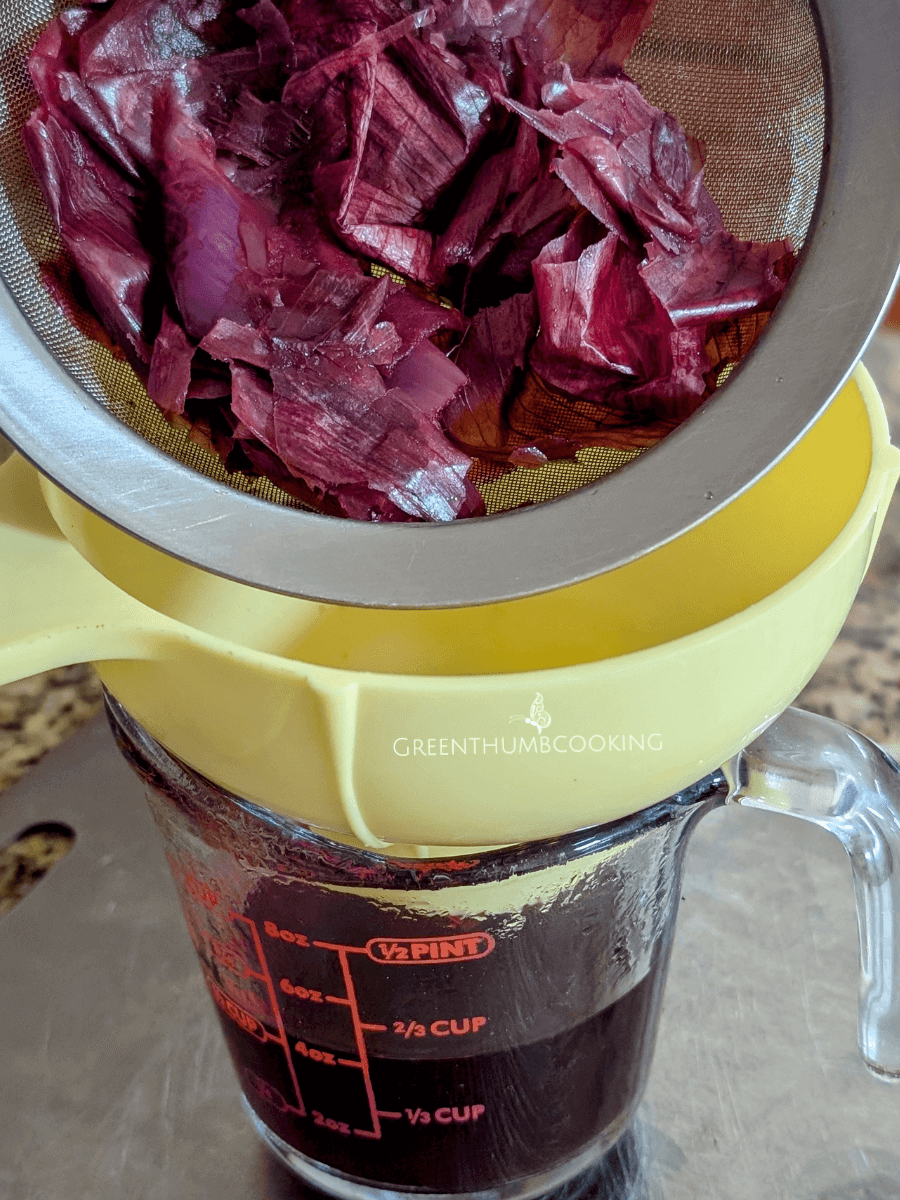
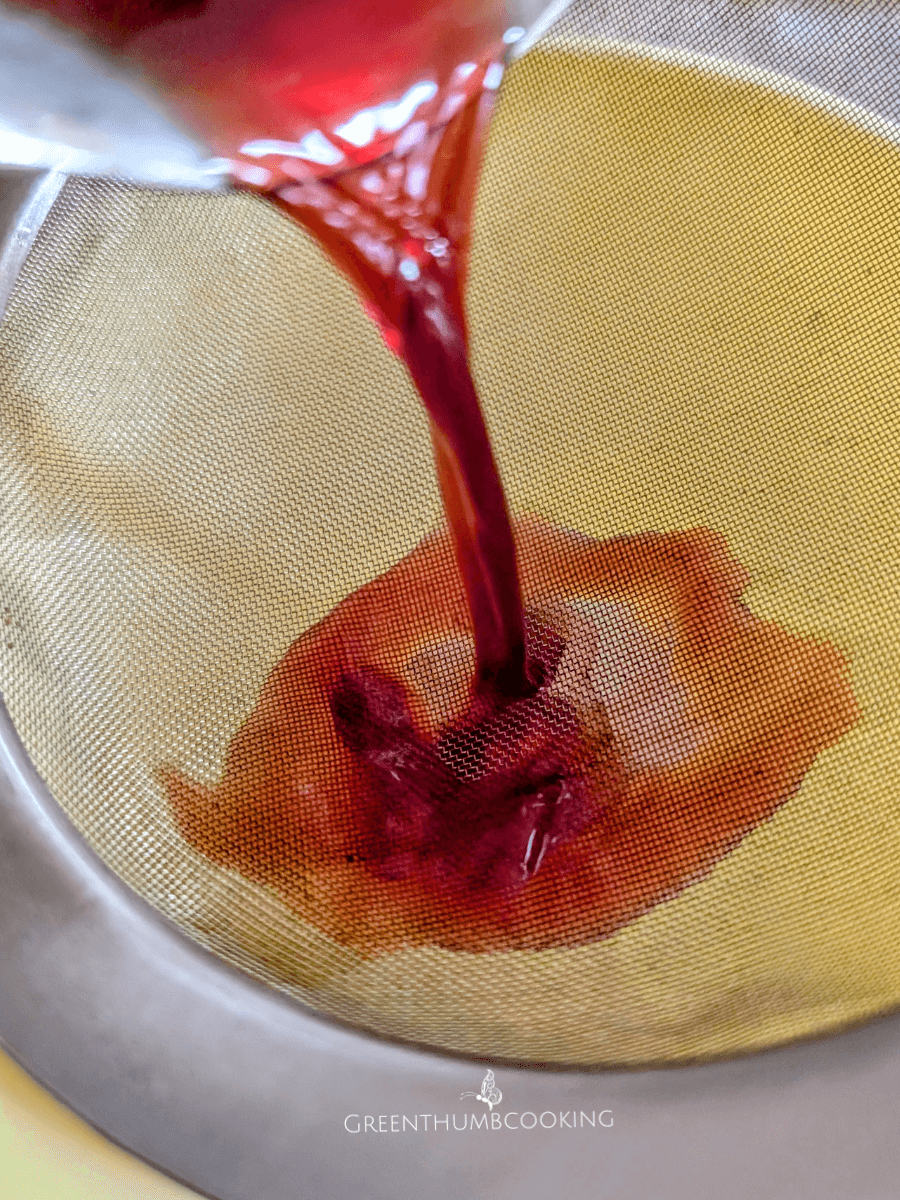
Instructions:
- Prepare the Eggs: Start by boiling your eggs. Once they’re hard-boiled (about 7 minutes), carefully drain the hot water and fill with ice and cold water.
- Mix the Dye: In a small sauce pan bring water to a boil and add the turmeric. Stir and simmer until the rich golden color is incorporated. Pour turmeric mixture through a fine sieve to strain the bits out into a small bowl or jar and allow it to cool to room temperature. Add the vinegar and stir—this will help the dye adhere better to the eggshell. Vinegar is key in intensifying the color!
- Dye the Eggs: Now comes the fun part! Place your hard-boiled eggs into the turmeric dye. You can let them sit in the dye for as long as you like, depending on how deep you want the color to be. I found dipping them into the dye multiple times between drying intensified the color. I didn't worry about some of the tumeric that didn't disolve it added to the texture of the egg. For a soft, pastel yellow, a few minutes will do. For a richer, deeper yellow that is more earth toned use brown shelled eggs.
- Dry the Eggs: Once you’re happy with the color, carefully remove the eggs using tongs or a spoon, and place them on an empty egg carton or paper towel to dry. The eggs will continue to deepen in color as they dry, so don’t be afraid if they seem a little light when you first take them out of the dye!
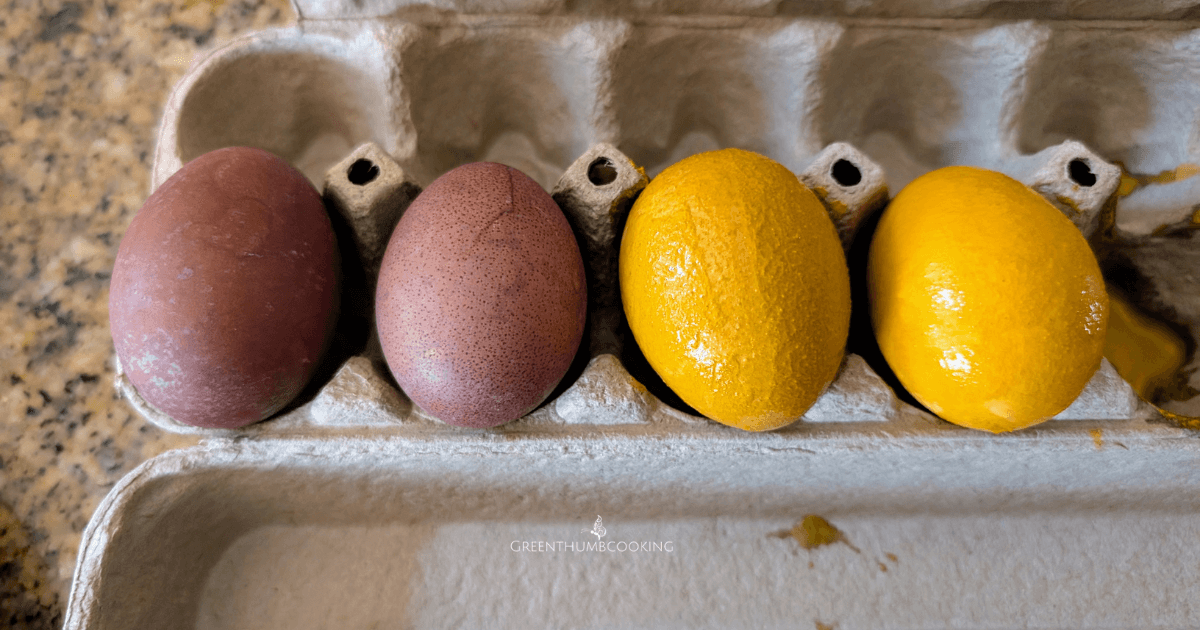
Tips for Beautiful Results:
- Experiment with layers: If you want to get creative, you can dip the eggs in different natural dyes or let them dry and dip them again for a multi-layered effect.
- Add texture: For an extra fun touch, wrap a piece of cheesecloth or rubber bands around the eggs before dipping. This will create beautiful patterns on your eggs as the dye seeps through the fabric.
- Try other natural ingredients: Try ingredients like beet juice (for pinks) or red onion skins (for purples or maroons) to create a variety of natural colors!
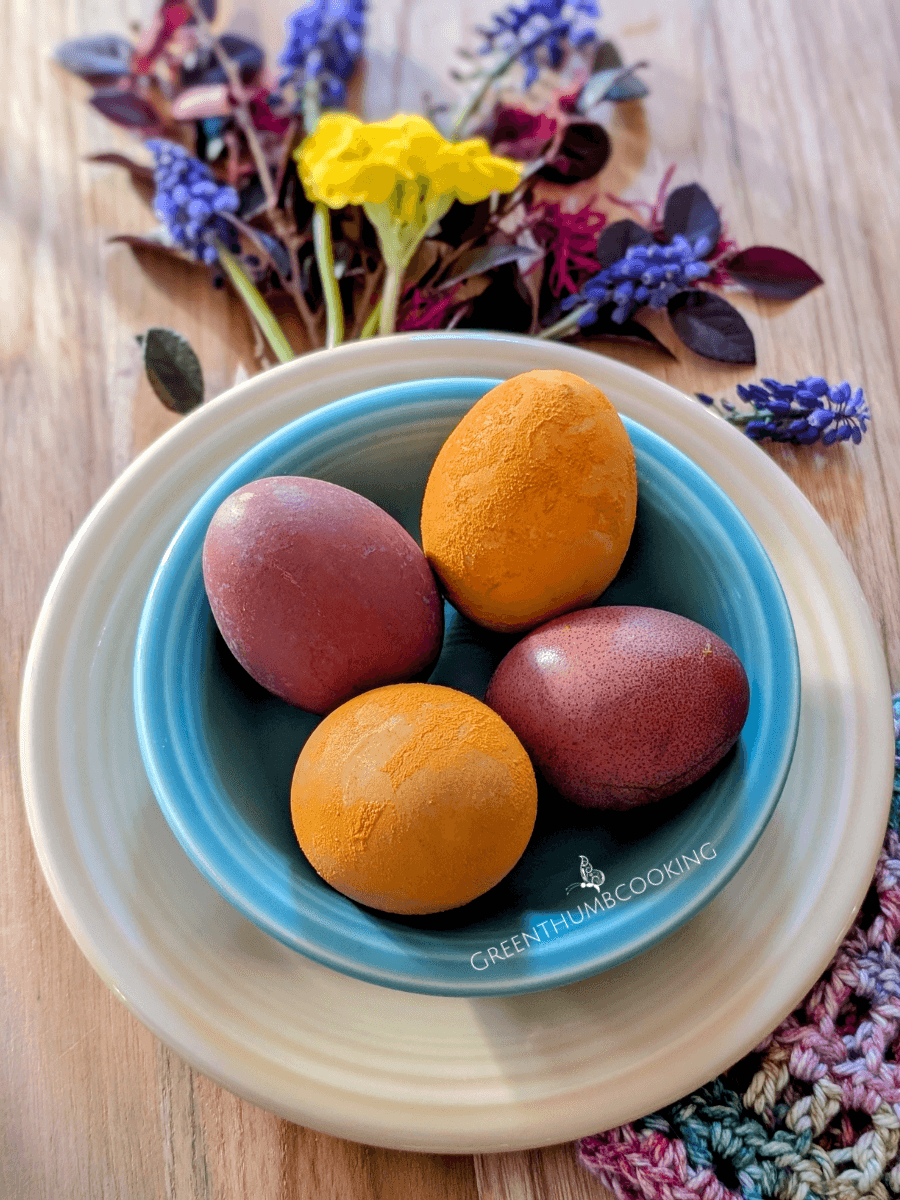
Why Use Natural Dyes?
Natural dyes are not only eco-friendly and non-toxic, but they also provide a way to introduce your kids to healthy, creative activities! Plus, you’re likely already using these ingredients in your kitchen, so there’s no need to buy additional dye kits that often come with harsh chemicals and plastic packaging.
Coloring eggs with turmeric or red onion skins and vinegar is a simple, natural, and fun way to add a splash of color to your Easter festivities. It’s a wonderful way to make a healthier choice this holiday while still embracing the tradition of egg coloring.
Have you tried natural egg dyeing before? I’d love to hear your experience! Drop a comment below and let’s chat about your favorite non-toxic Easter traditions.
✨ Want more gluten-free + low-tox goodness?
Never miss a recipe, tip, or easy swap again.
👉 Join My VIP List
Never miss a recipe, tip, or easy swap again.
👉 Join My VIP List
Affiliate Disclaimer:
By clicking on our links, we might make a small commission. Thanks for the support. Green Thumb Cooking is a participant in the Amazon Services LLC Associates Program, an affiliate advertising program designed to provide a means for sites to earn advertising fees by advertising and linking to Amazon.com



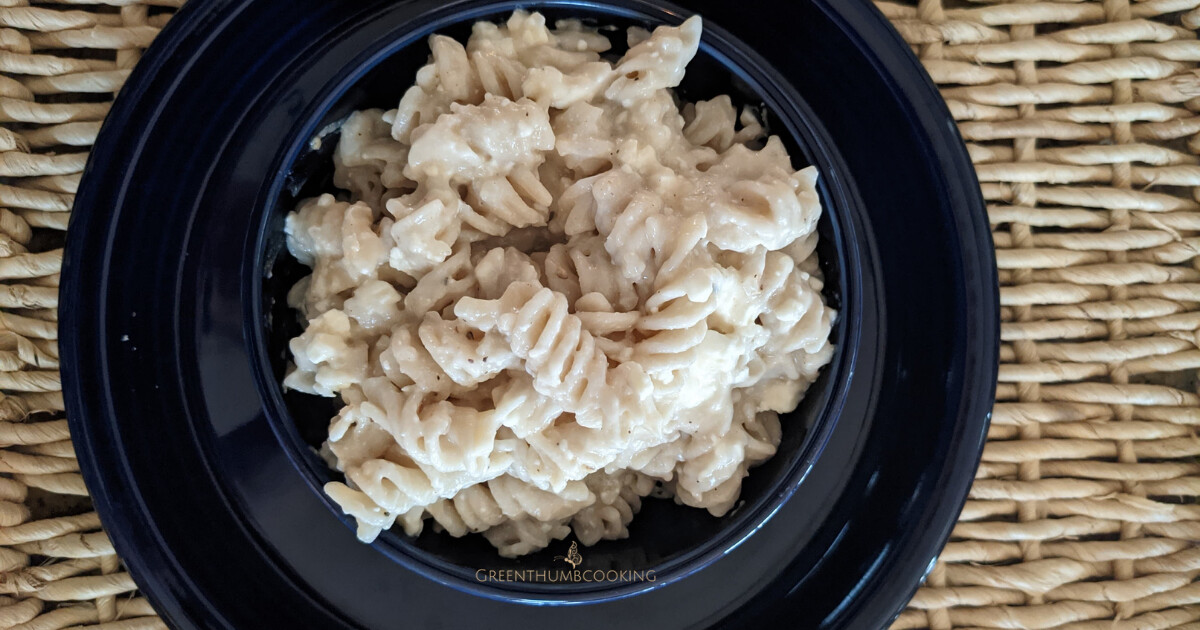
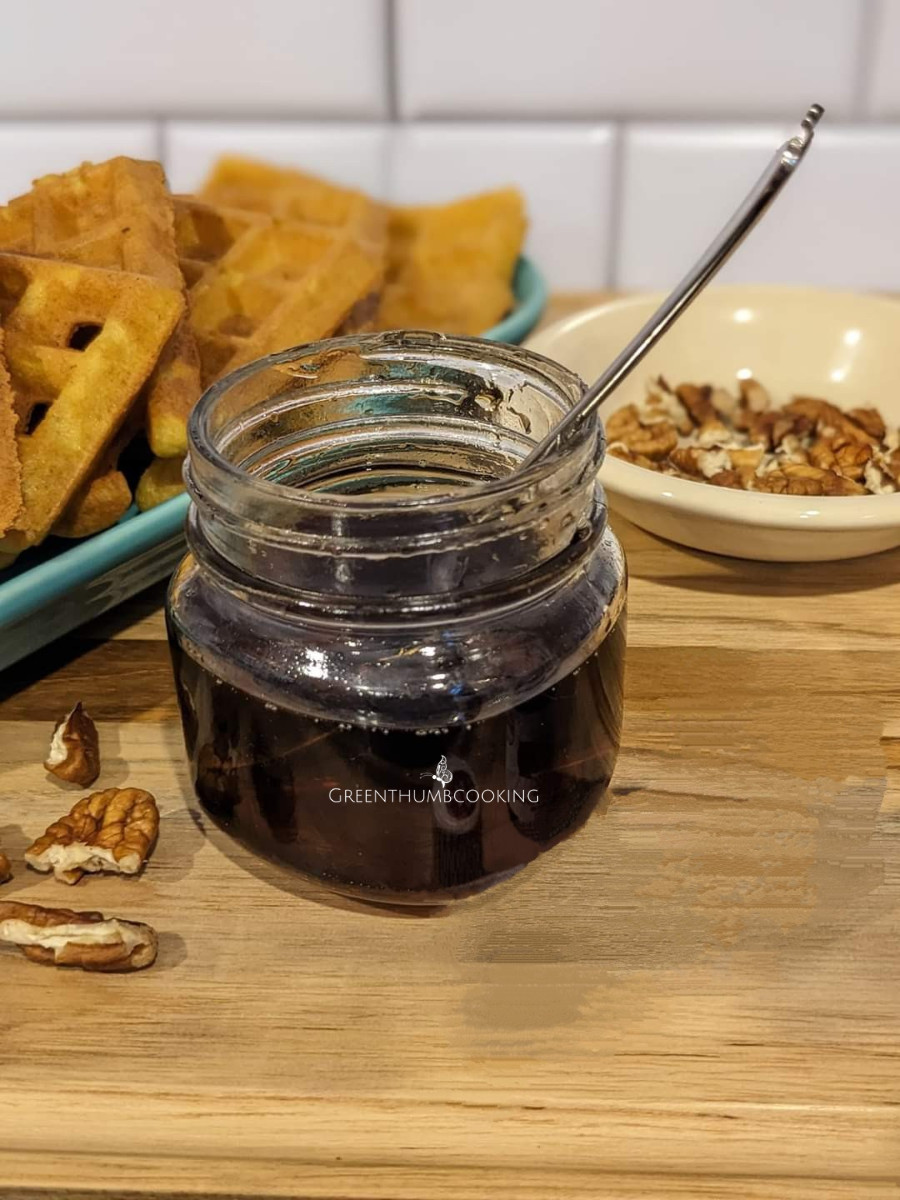



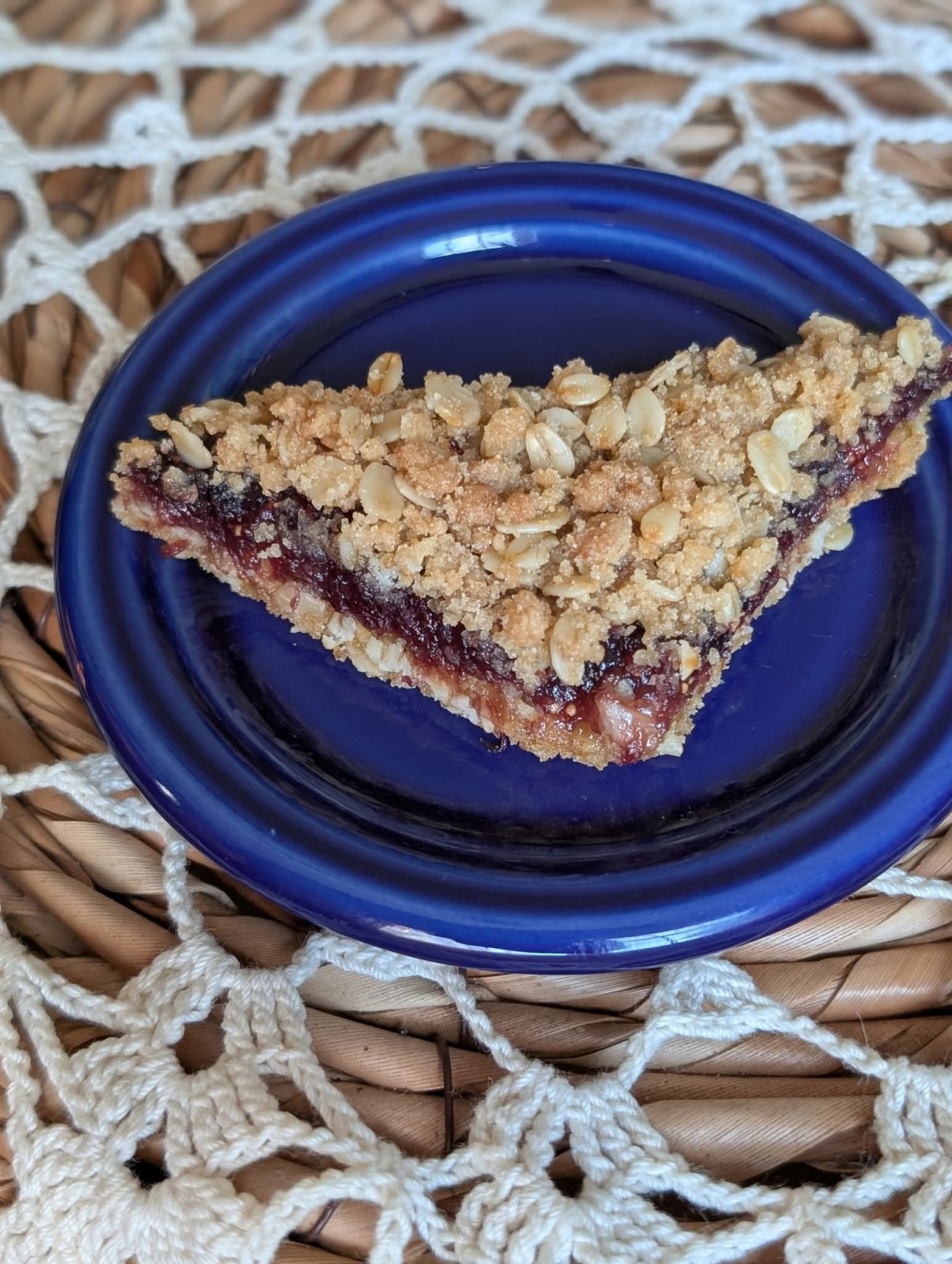




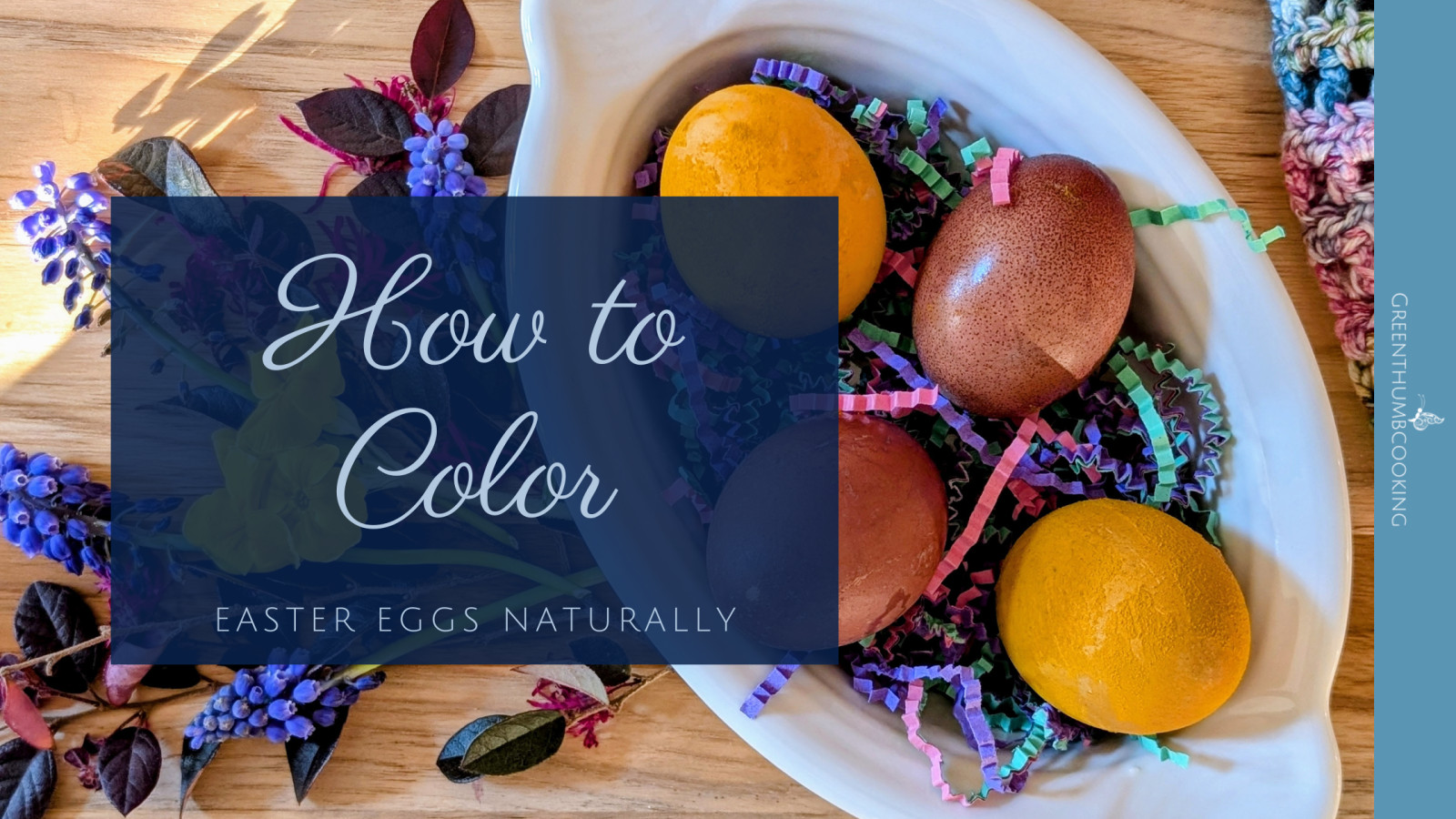
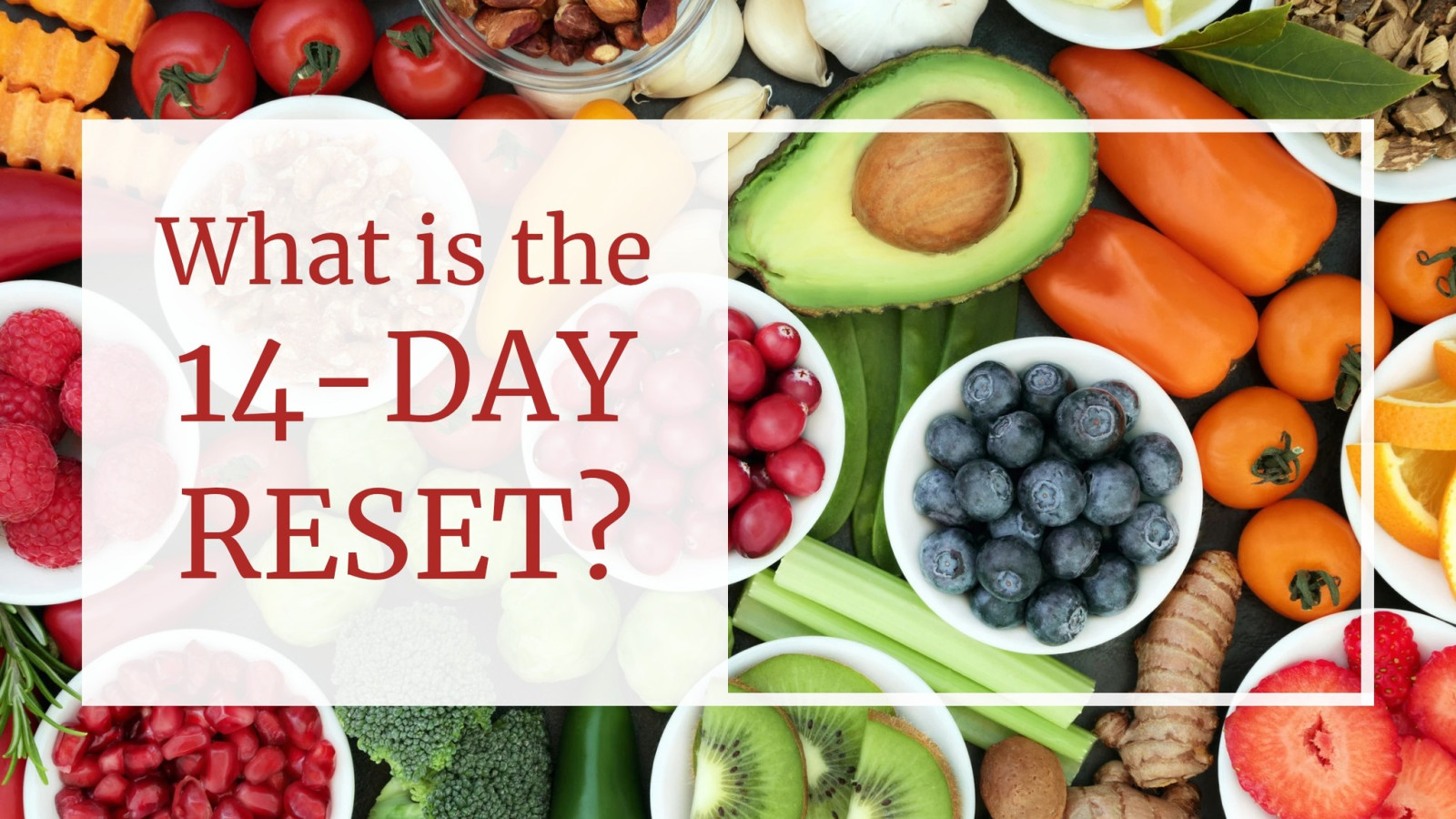
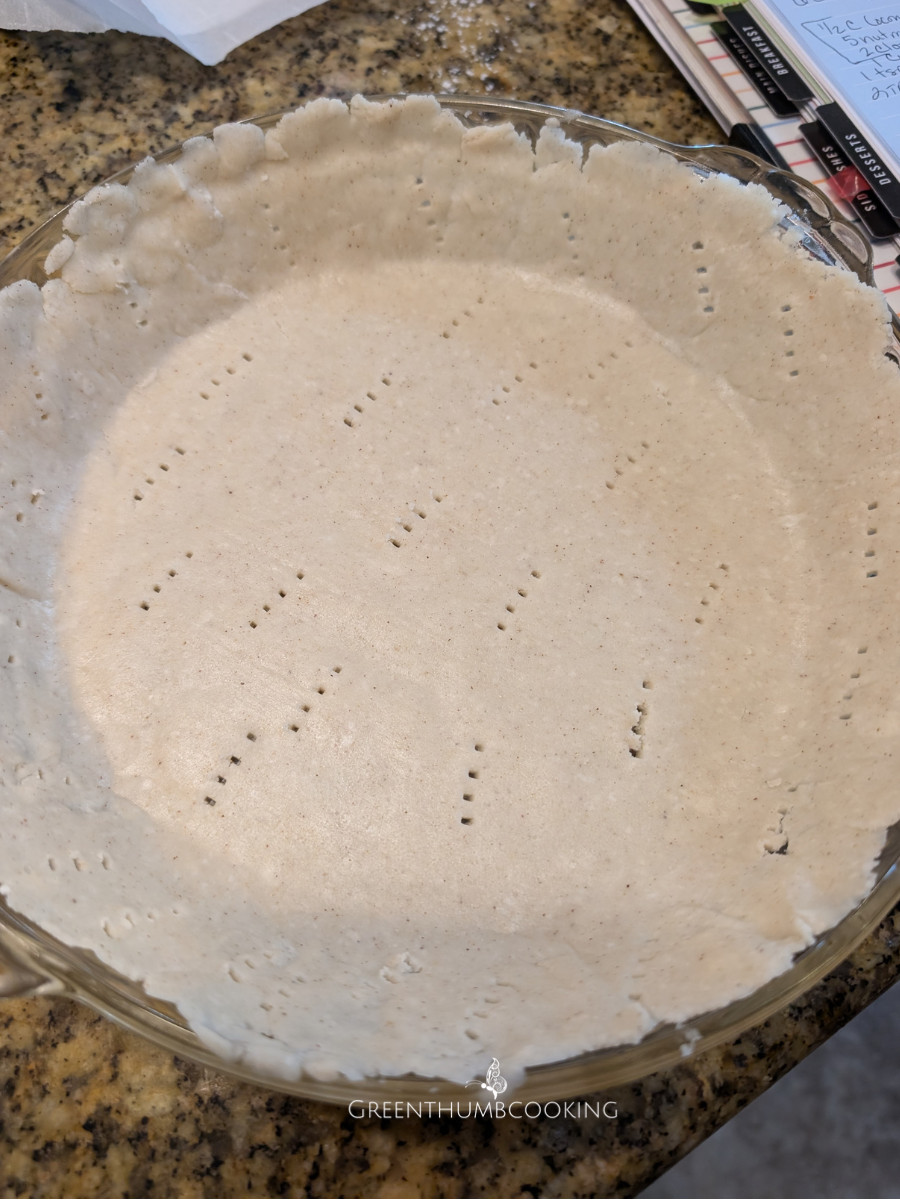

0 Comments